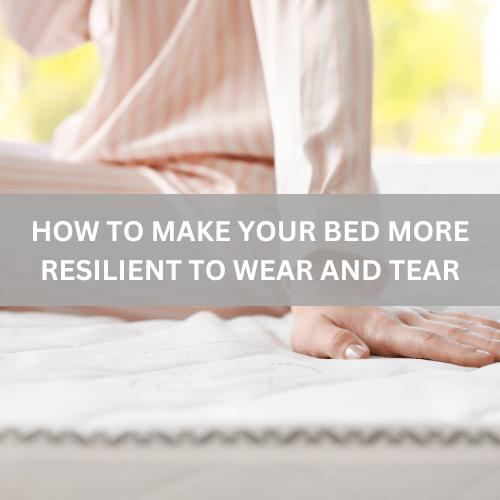
How to Make Your Bed More Resilient to Wear and Tear
Your bed is more than just a place to sleep — it’s a significant investment in your comfort and well-being. Considering that you spend roughly
Please make sure to check stock availability & lead times with our sales department.
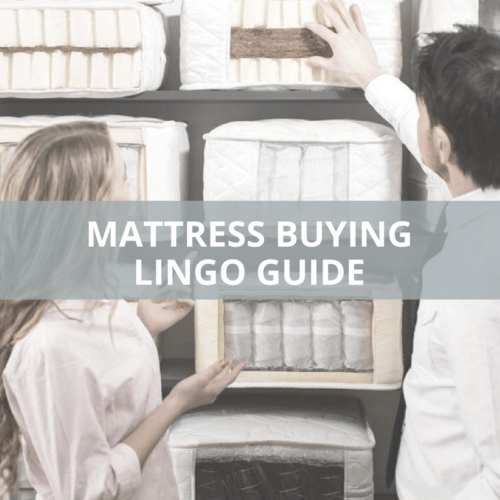
Science has come a long way in the past few years and new innovations are introduced into the market on a regular basis. Trying to decide on a new ‘sleeping partner’ could leave you feeling somewhat flustered due to all the terms being used in the bedding industry today.
In this article, I will try and break it down for you by discussing some of the most popular options available to you. Focusing on both the support of a mattress, as well as comfort, the two main aspects when it comes to any bed.
Thinking back to your younger days, you can still see yourself jumping on a squeaky, old-fashioned bed. An innerspring mattress is still very popular in today’s market as they are reliable and durable. The most popular spring systems used in today’s mattresses would be continuous coil spring, traditional Bonnell Springs and the latest craze, being the pocket spring system.
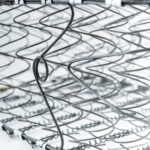
Continuous coils are pretty much exactly what the name states, one coil which makes up the entire spring unit.
This innerspring system is constructed using a single piece of wire that is twisted into individual s-shaped coils providing you with a stable and durable interlinked system.
Open coil mattresses are usually found in your entry-level budget beds.
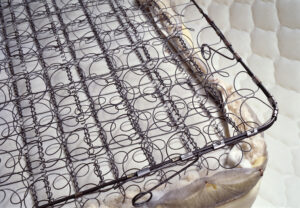
Bonnell springs are the oldest spring-type technology and have been used in mattresses since the 19th century. They are trusted worldwide and have definitely stood the test of time. These springs are hour-glasses shaped and connected to each other using cross-wire chemicals.
Bonnell spring systems are economical, strong, and durable.
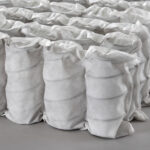
Pocket springs are individual coils, each encased in its own little fabric pocket. These pockets are then stitched together to form the support core of your mattress. Independent movement of each spring allows them to conform to the shape of your body which ensures a more natural alignment of your spine and will also distribute your weight evenly across the surface of your mattress.
Movement transfer is almost completely eliminated by the independent movement of the springs – perfect if you are a light sleeper!

Mattresses consisting of carefully selected layers of high-density foam are a better option for individuals suffering from back problems as they are designed to assist with spinal support.
Where high-density foam mattresses differ dramatically from their innerspring-counter parts, is that they have absolutely no moving parts whatsoever. So no squeak or spring noise is guaranteed.
Motion transfer is totally eliminated which means that you will have an undisturbed night’s rest.
It is important to understand that you can combine a firm support structure with a plush comfort layer to give you the comfort level that you need or prefer. And although the support structure plays some role in the final comfort level of the mattress, you should generally view comfort as unrelated to the support structure of the mattress, and vice versa.
Bedding Brands combine various support structures with a variety of comfort layers. Examples of these will be memory foam – which is growing in popularity still, Latex comfort layers, and then, of course, the standard pillow top layer.
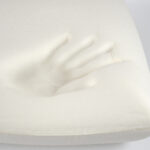
Memory Foam, which was initially developed for use in NASA’s spacecraft seats, is constructed using a non-toxic, temperature sensitive material known as Visco-Elastic.
Memory foam relieves pain and general body aches and aids in recovery from injuries.
Rather than resisting weight, memory foam compresses and conforms to the shape of your body by adjusting to your body’s heat and weight. This feature will displace pressure from points of pain in your body, as these areas will have a slightly higher temperature than the rest of your body.
Unlike standard mattresses, memory foam’s dense composition prevents the accumulation of allergens, such as dust mites over time. Memory foam’s ability to absorb motion, rather than transferring it pretty much eliminates partner disturbance as well – which is a great option if you are a light sleeper.
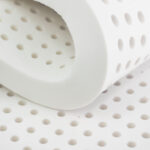
Latex foam is more resilient, making it more buoyant than the memory foam alternative. If you prefer a firmer, more responsive feel when it comes to your mattress, then latex will be the better option.
An important feature of latex is its ability to conform to the shape of your body. It will support the pressure points on your body namely your hips, spine, and shoulders thus aiding pain relief.
One of the leading trends in the bedding market today is breathability and temperature control abilities. Intricate cell construction in latex makes it naturally breathable which in turn will keep you cool and comfortable.
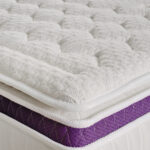
An additional layer of padding is stitched to the top of your mattress to form the pillow top.
Pillow tops will provide you with additional support and comfort by contouring to the shape of your body and supporting pressure points on your body such as your hips, shoulders and spine.
Pillow tops can consist of a variety of fillings such as memory foam, latex or high-density plush foam.
This added layer can be combined with many different support structures to offer you the perfect amount of support and comfort.
There you have it – some of the most popular terms that you will hear when shopping around for a new mattress or bed set.
Remember to take your time when deciding on which mattress you should choose as it is a long-term investment in your own health and well-being. If you ever need to speak to a bedding expert, remember we’re here to help!

Your bed is more than just a place to sleep — it’s a significant investment in your comfort and well-being. Considering that you spend roughly
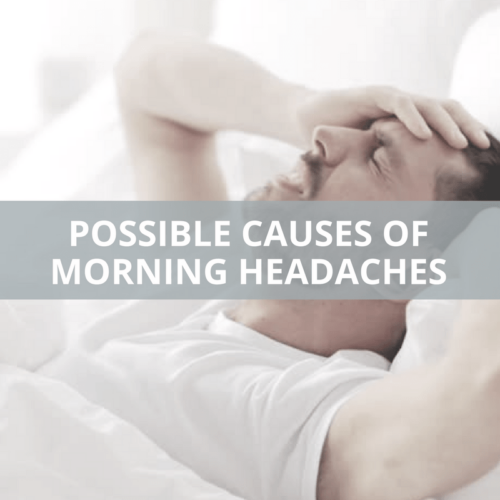
If you wake up most mornings with a throbbing headache, it might be related to either your sleep patterns or sleep environment. Headaches are the
We’ll keep you updated with new products, bed giveaways and every sale!












